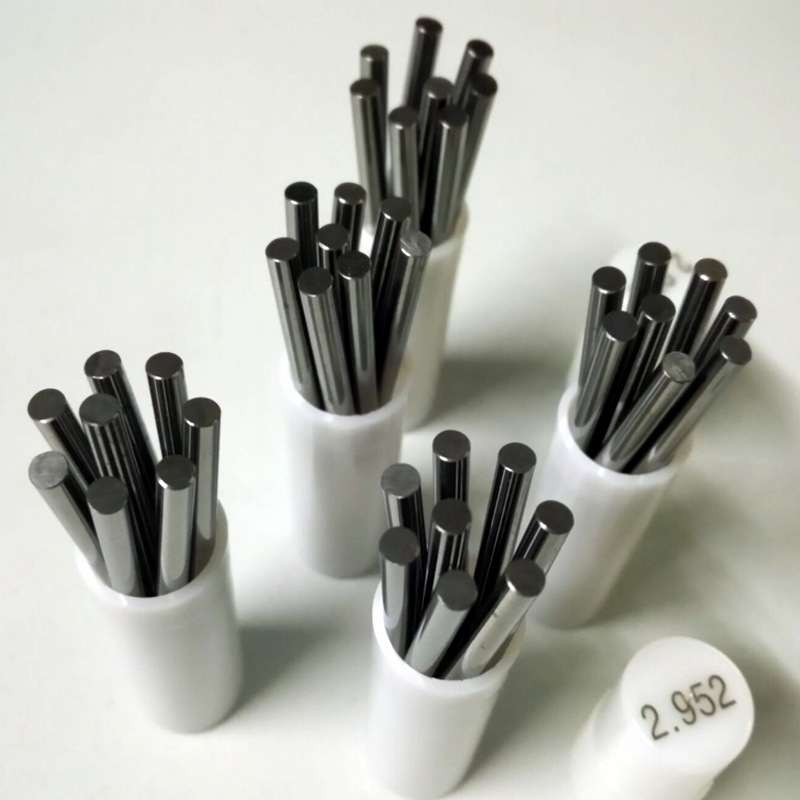Aug . 21, 2024 20:33 Back to list
Understanding the Functionality and Benefits of a Micrometer Set in Precision Measurement
Understanding the Importance of a Micrometer Set in Precision Measurement
In the world of engineering, manufacturing, and quality control, precision is paramount. Achieving exact measurements is critical for ensuring that components fit together correctly and perform their intended functions. One of the essential tools for achieving such precision is the micrometer set. This article delves into what a micrometer set is, its components, how it works, and its applications in various fields.
What is a Micrometer Set?
A micrometer set is a collection of tools designed to measure small dimensions with remarkable accuracy. Typically, a micrometer is a mechanical device that utilizes a screw mechanism to obtain precise measurements, usually in millimeters or inches. The most common type of micrometer is the outside micrometer, which is employed to measure the external diameter of objects. However, micrometer sets can include other types such as inside micrometers and depth micrometers, offering versatility for different measurement scenarios.
Components of a Micrometer Set
A standard micrometer consists of several key components
1. Frame The sturdy structure that holds the anvil and the spindle. 2. Anvil A fixed measurement surface against which the object is placed. 3. Spindle The movable element that closes in on the object to take a measurement. 4. Sleeve The stationary part designed with a scale for reading main measurements. 5. Thimble A rotating part that allows finer adjustments and features a scale for reading fractional measurements.
When combined, these components allow users to take measurements with a resolution of up to 0.01 mm. Some advanced micrometers can even provide readings to the tenth of a micron, making them indispensable in fields requiring ultra-precision.
micrometer set

How a Micrometer Works
To use a micrometer, the user places the object between the anvil and the spindle. By turning the thimble, the spindle moves closer to the anvil until it makes contact with the object. The scale readings on both the sleeve and the thimble are then combined to determine the precise measurement. This simple yet effective mechanism allows for high degrees of accuracy when measuring small dimensions.
Proper technique is crucial when using a micrometer. Users should ensure that the micrometer is calibrated before use and that the object being measured is clean and free of any debris that might affect the reading. Additionally, applying the correct amount of pressure when turning the thimble is necessary to avoid damaging both the tool and the object.
Applications in Various Fields
Micrometer sets are widely used across multiple industries
- Manufacturing In production lines, micrometers ensure that parts are within specified tolerances, which is vital for quality control. - Engineering Engineers utilize micrometers to take precise measurements of components for design and testing purposes. - Education In academic settings, micrometers are essential tools for teaching students the principles of precision measurement in physics and engineering courses. - Automotive Micrometers are used for measuring engine components, ensuring proper fit and functioning.
Conclusion
In summary, a micrometer set is an invaluable tool for anyone needing to measure small dimensions with precision. Its ability to deliver accurate measurements makes it essential in various professional fields. Whether in manufacturing, engineering, or education, micrometers enable practitioners to maintain high-quality standards and contribute to the overall success of projects and products. Understanding how to effectively use a micrometer set is a fundamental skill that can greatly enhance the capabilities of individuals in technical disciplines.
-
Water Valve Gate Design Prevents Leakage and CorrosionNewsJul.11,2025
-
Steel Fab Table Features Reinforced Construction for LongevityNewsJul.11,2025
-
Specialized Valve Designs for High Pressure SystemsNewsJul.11,2025
-
Machinist Gauge Pins Feature Ground and Lapped FinishesNewsJul.11,2025
-
Hose Check Valve Prevents Backflow in Irrigation LinesNewsJul.11,2025
-
Durable Micrometer Tools Withstand Heavy Workshop UseNewsJul.11,2025
Related PRODUCTS









